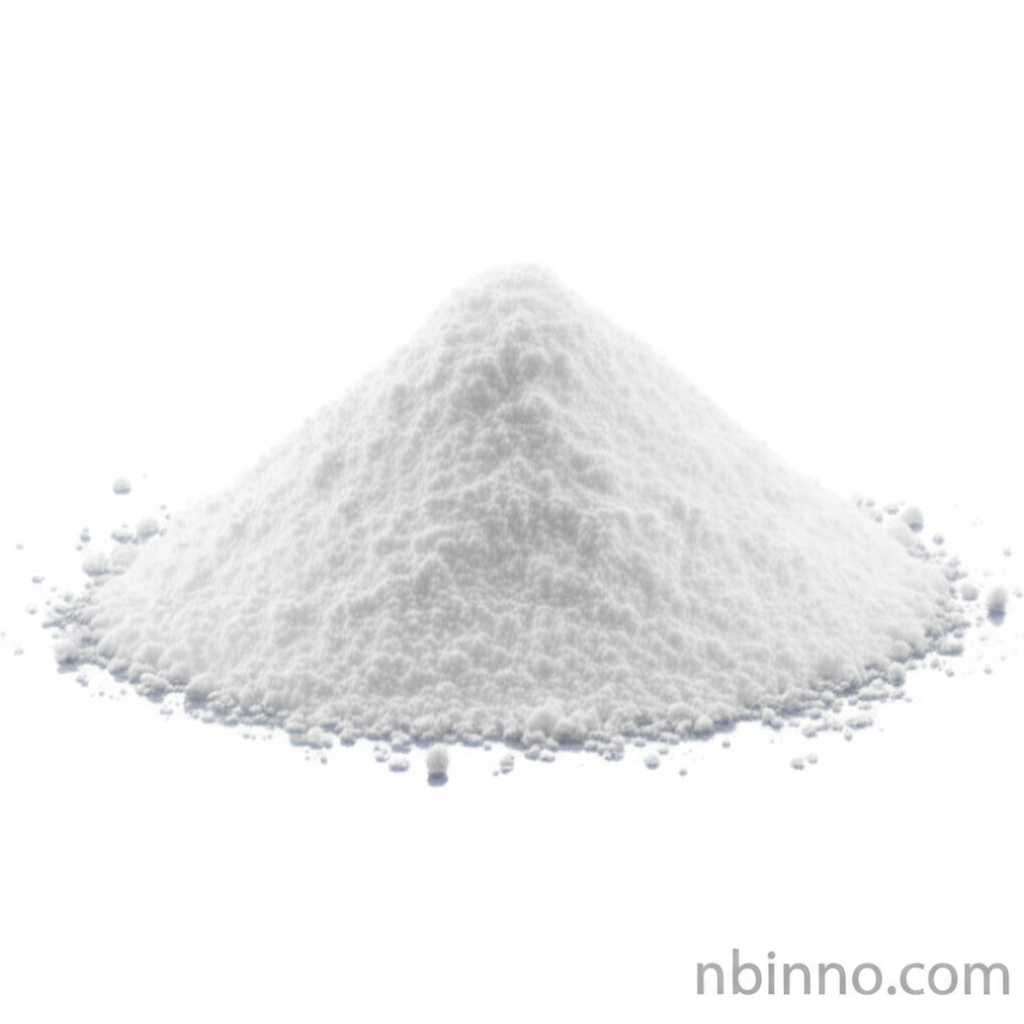Dicloxacillin Sodium: A Potent Antibiotic for Bacterial Infections
Discover the power of Dicloxacillin Sodium in combating stubborn bacterial infections effectively.
Get a Quote & SampleProduct Core Value

Dicloxacillin Sodium
Dicloxacillin Sodium is a crucial antibiotic that targets and eliminates bacterial infections by disrupting the synthesis of bacterial cell walls. It stands out for its effectiveness against penicillinase-producing strains of Staphylococcus aureus, a common challenge in treating staphylococcal infections.
- Understanding the dicloxacillin sodium uses is vital for healthcare professionals managing a range of bacterial infections.
- The dicloxacillin sodium mechanism of action involves the inhibition of critical enzymes responsible for building bacterial cell walls.
- Patients must be aware of potential dicloxacillin sodium side effects and discuss them with their healthcare providers.
- Proper management of dicloxacillin sodium drug interactions is essential for safe and effective treatment.
Key Advantages
Broad-Spectrum Efficacy
Dicloxacillin Sodium provides reliable treatment for various bacterial infections, showcasing its broad-spectrum capabilities and making it a go-to for many conditions.
Resistance Management
Its efficacy against penicillinase-producing bacteria, a key aspect of its performance, helps in overcoming common resistance mechanisms faced with other antibiotics.
Cell Wall Synthesis Inhibition
By targeting the bacterial cell wall, Dicloxacillin Sodium offers a direct approach to combating infections, leading to effective bacterial eradication.
Key Applications
Skin and Soft Tissue Infections
As a primary antibiotic for treating staphylococcus aureus infections, Dicloxacillin Sodium is highly effective against skin-related bacterial ailments.
Respiratory Tract Infections
It is utilized in managing certain bacterial respiratory infections, contributing to faster recovery and symptom relief for patients.
Bone and Joint Infections
Dicloxacillin Sodium plays a role in treating bone and joint infections caused by susceptible bacteria, aiding in the recovery of structural integrity.
Surgical Prophylaxis
In certain surgical contexts, it may be used as a preventative measure against post-operative bacterial infections, ensuring patient safety.
